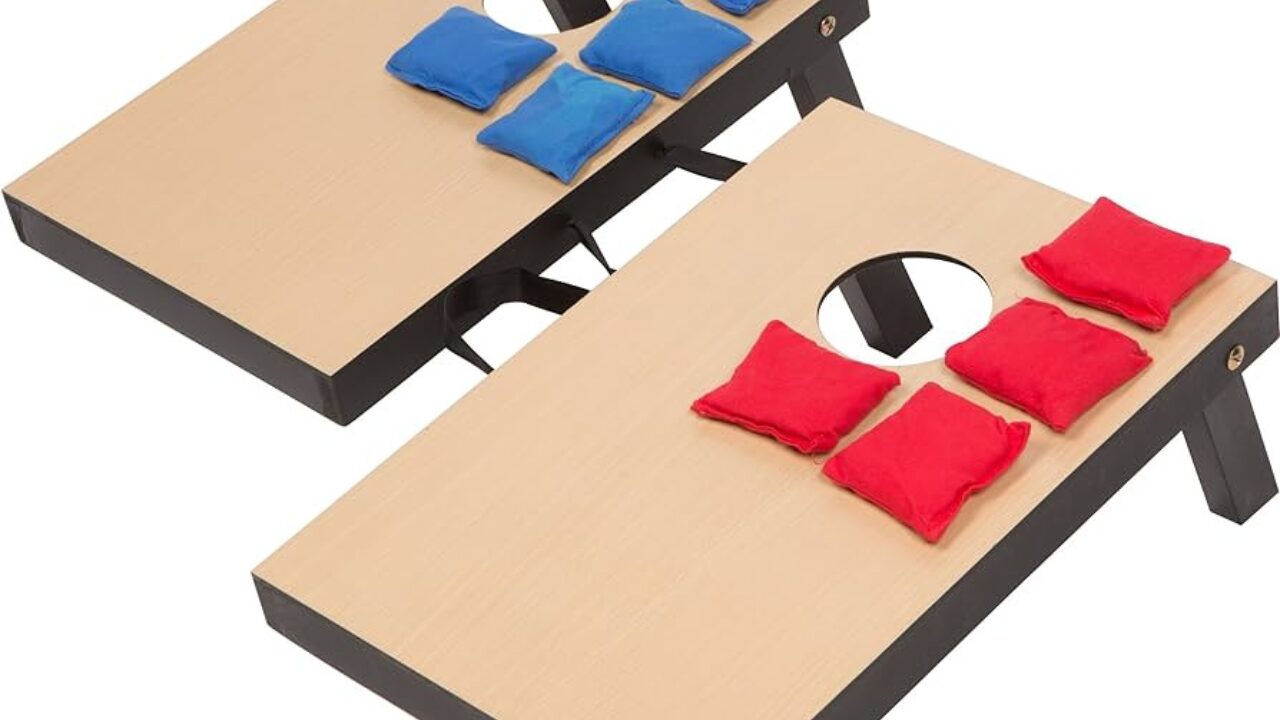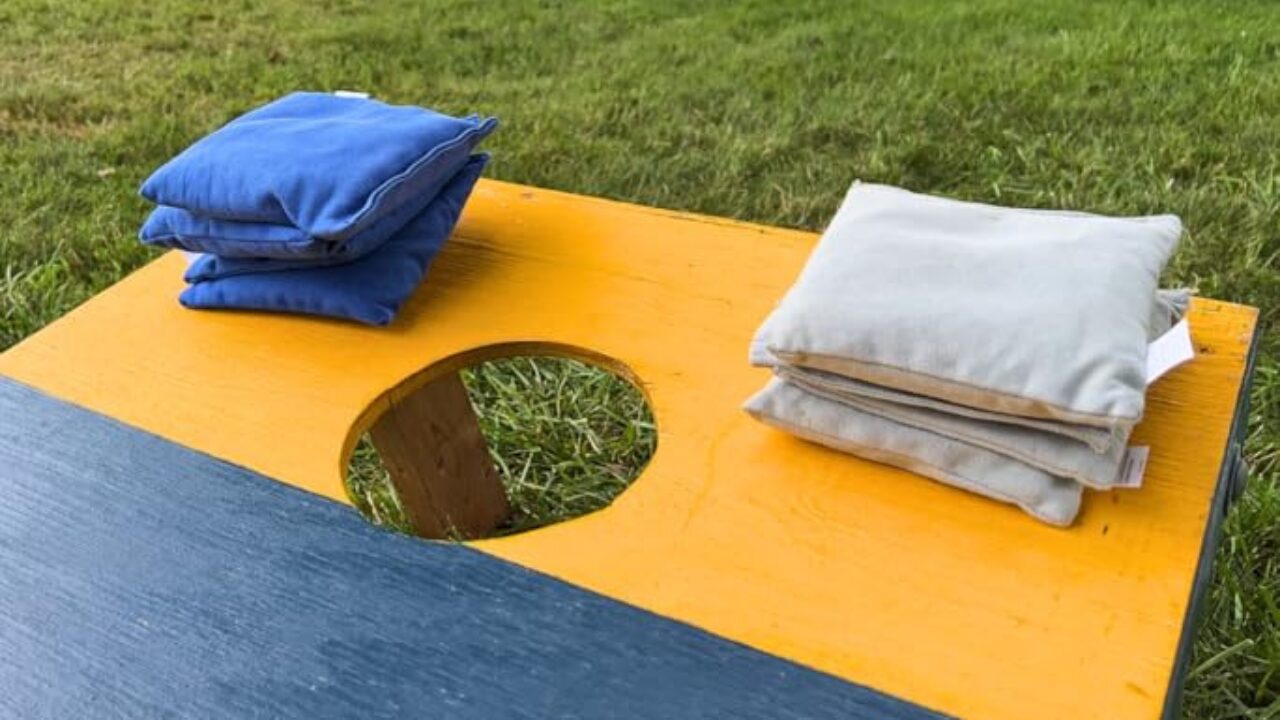
Cornhole, a popular outdoor game, is played by tossing bean bags into a raised board with a hole at the center. While the rules and equipment remain consistent, one factor that many players don’t always consider is the weather. Weather conditions can significantly impact various aspects of the game, from how the bags fly through the air to how the board itself performs. But does weather actually affect the hole’s size in cornhole? The answer is nuanced, as while the hole’s physical size does not change, weather can indirectly influence how the hole is perceived and how the game is played. In this article, we will explore the relationship between weather and cornhole, focusing on how different conditions can affect gameplay and the perceived size of the hole.
Cornhole is traditionally played with two boards, each with a hole of 6 inches in diameter, located 9 inches from the back of the board. Players take turns throwing bean bags toward the boards, aiming to land the bags in the hole or on the board’s surface for points. The game is often played in a casual or competitive setting, with rules being consistent across most events.
While the hole itself is fixed in size, weather conditions can alter how the game plays, especially when considering the boards’ material how does cornhole work and how the bean bags behave in different environments. Factors like wind, temperature, and humidity can all contribute to how cornhole is experienced.

1. Wind:
One of the most significant weather elements impacting cornhole is wind. Cornhole is played outdoors, and wind can dramatically alter the trajectory of a thrown bag. Whether it’s a light breeze or a gusty wind, the direction and intensity of the wind can make it harder to accurately aim and land the bean bags in the hole.
• Effect on the Hole’s Perception: While the size of the hole doesn’t physically change, wind can create an illusion that it’s more difficult to land the bag. Bags may veer off course or even blow off the board entirely, especially if the wind is strong enough. As a result, the hole may seem more difficult to hit due to unpredictable bag movement.
• Impact on Bag Flight: Wind can also affect the flight path of the bean bags, causing them to float or drift. Players may need to adjust their throwing techniques to compensate for the wind, changing the angle or speed at which the bag is thrown.
2. Temperature and Humidity:
Temperature and humidity levels can have a subtle but noticeable impact on cornhole boards and bags. For example:
• High Temperatures: When temperatures rise, wooden boards tend to expand slightly. This can cause the hole’s edges to become slightly rounded or misshaped. Although this is a very minor change, it can slightly alter the bag’s ability to land in the hole, particularly if the hole’s edges are more rounded than usual.
• Humidity: High humidity can make the bags heavier or cause them to absorb moisture. Heavier bags may not slide as easily on the board, potentially affecting the accuracy of a throw. In contrast, dry conditions could make bags lighter and more prone to sliding off the board.
• Perceived Hole Size: With changes in bag weight or board conditions, players might feel that the hole is either harder to hit or easier to miss, depending on how the bags behave in those specific weather conditions. This creates the perception that the hole is smaller or larger than its actual size.
3. Rain:
Rain can significantly impact cornhole play in several ways, especially when boards are left exposed to wet conditions.
• Waterlogged Boards: A wet board is more slippery and can drastically alter how a bag slides. As the board becomes slippery, the bean bags may slide off the board more easily, making it difficult for players to control their throws. Rain-soaked bags may also become heavier and lose their aerodynamic properties.
• Effect on the Hole’s Size: While rain doesn’t directly change the hole’s size, a slippery surface can make it harder to land bags in the hole. As bags tend to slide more when the board is wet, players may struggle to get the bags to settle inside the hole.
4. Pressure and Air Density:
Atmospheric pressure and air density also affect how cornhole bags travel through the air. These factors are influenced by temperature, altitude, and weather fronts.
• High Air Pressure (Clear Days): On clear, dry days with high atmospheric pressure, cornhole bags can travel with more stability and accuracy. The denser air offers more resistance, allowing the bags to hold their trajectory more reliably.
• Low Air Pressure (Rainy or Overcast Days): On days with low air pressure, such as before or during a rainstorm, cornhole bags may behave differently. The lighter, less dense air provides less resistance, causing the bags to float or drift more than usual. As a result, this can lead to bags flying off course, creating the perception that the hole is harder to hit.
While weather can affect cornhole gameplay, it is also important to consider the quality of the boards and bags used. Cornhole boards made of wood or composite materials respond differently to weather conditions. For example, boards that are properly sealed and treated for outdoor use may withstand humidity and temperature changes better than untreated wood.
Similarly, high-quality bean bags made with durable materials can resist changes in weight and performance during varying weather conditions. Cheaper, poorly made bags may soak up moisture and become significantly heavier in humid conditions, altering their behavior during play.
Knowing that weather can affect the way cornhole is played, here are some tips to help players adjust their strategies:
1. Wind:
o Throw with more angle or force to counteract the wind. A higher arc can help prevent the bag from being blown off course.
o Position yourself strategically to avoid the wind or throw into the wind to maintain control over your shots.
2. Temperature & Humidity:
o Adjust the way you throw the bean bags depending on how heavy or light they feel. Try to throw with more precision when the bags are heavier and allow for more slide when they’re lighter.
3. Rain:
o Avoid playing in the rain if possible, as wet conditions can lead to dangerous and inconsistent play. If you must play in the rain, consider using weather-resistant bags and ensure your boards are dry.
4. Pressure & Air Density:
o Experiment with different throwing techniques to account for changes in air density. Throwing with more spin or less force may help maintain control of your shots.
